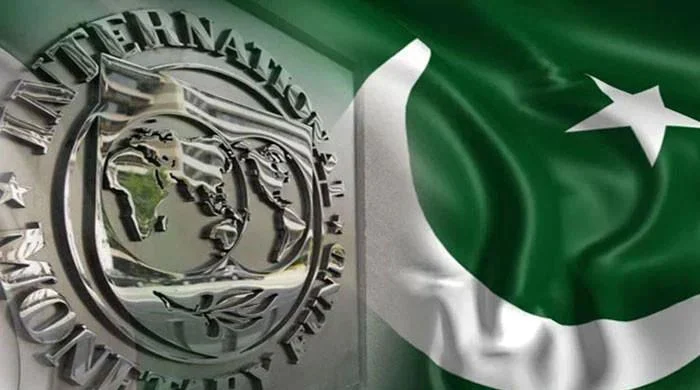With inflation soaring at around 25% and essential commodities witnessing frequent price hikes, Pakistan finds itself teetering on the brink of an economic catastrophe. Foreign exchange reserves, currently standing at a meager $8 billion, offer little buffer against the looming crisis. Despite ongoing talks with the IMF for a bailout package, the road to economic recovery appears fraught with challenges.
Challenges on Multiple Fronts
The recent surge in petroleum prices, coupled with escalating costs of utilities and essential goods, has exacerbated the plight of the populace. The ripple effects of economic fragility extend beyond financial distress, threatening political stability and social unrest. As Pakistan grapples with the daunting task of repaying $40 billion during the fiscal year 2024-25, urgent measures are imperative to avert a full-blown economic meltdown.
Global Pressures and Internal Strife
Against a backdrop of international tensions, including the Iran-Israel standoff and conflicts in Gaza and Ukraine, Pakistan’s economic woes are further compounded. The nexus between politics and economy emerges as a pivotal factor, underscoring the imperative for political stability to foster economic resilience. However, despite hiring renowned professionals, such as the finance minister and central bank governor, systemic flaws and entrenched corruption hinder meaningful progress.
A Multi-pronged Approach to Recovery
To navigate the current economic turmoil, Pakistan must adopt a multi-faceted strategy:
- Implementation of Austerity Measures: Merely announcing austerity measures is insufficient; stringent enforcement is imperative to curb expenditures and plug revenue leaks. Combatting tax evasion and broadening the tax base are critical steps to bolstering domestic resources.
- Shift Towards Self-reliance: Instead of relying on external financial loans, Pakistan should prioritize self-reliance akin to India and China. Reducing dependence on IMF bailouts and foreign financing necessitates prudent fiscal management and judicious utilization of domestic resources.
- Overhauling Public Sector: Addressing entrenched mafias within public-sector institutions is paramount to economic recovery. Streamlining bureaucracy, fostering a culture of meritocracy, and eradicating corruption are prerequisites for sustainable growth.
Urgency of Action
As the clock ticks, Pakistan stands at a crossroads, confronted with a stark choice between economic resurgence and further fragility. Declaring a financial emergency, coupled with decisive reforms, is imperative to steer the nation towards stability and prosperity. Time is of the essence, and bold decision-making is the need of the hour to avert an impending economic catastrophe.
Conclusion
Pakistan’s economic predicament demands a concerted effort on multiple fronts. By implementing stringent austerity measures, shifting towards self-reliance, and overhauling public-sector institutions, Pakistan can chart a course towards economic resilience. The time for action is now, and decisive reforms hold the key to salvaging Pakistan’s economic future.
- Read more CSS material by clicking here



